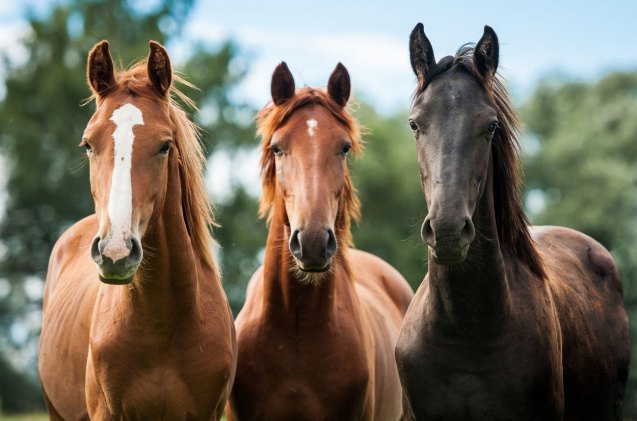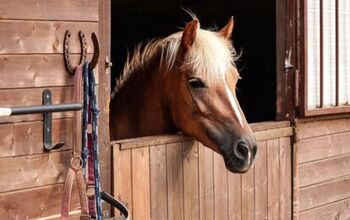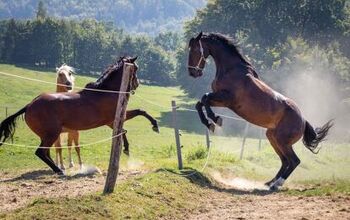Horse Terminology Explained

If you are a first-time horse owner, you might be confused or overwhelmed with all the special terms and slang words in the equine world. The pros and long-time owners will be quite familiar with all these – so don’t worry, you’ll also get the hang of it in time. In fact, we’ll speed you along with this list of the basic words from horse terminology that you’ll need to know for starters!
Foal, filly, stallion, mare, gelding, colt – these are some of the words that you’ll meet almost instantly when you enter the wonderful world of horses. As an owner, you will have to pay special attention to your glorious equine friend, and knowing the difference between all these terms will help significantly.
Terms Referring to Age of the Horse
A “foal”, for example, is a young horse that is up to one year old. But more specifically, a male foal is called a “colt”, while a female is known as a “filly”. These latter terms can be used until a horse is roughly three years old. You might hear the word “suckling” too – this one is used for a foal while it is still a baby and nursing from its mother.
But as the horses grow up into adulthood, the terminology changes. A female horse that is over four years old is then known as a “mare”, and the male as a “stallion”. But keep in mind that a stallion is a male horse that can reproduce, i.e. a horse that has not been castrated. In the case that it was castrated, it is then called a “gelding”. This differentiation is quite important in the equine world as castrated and non-castrated horses can be quite different in many aspects.
There are other terms used for horses depending on their age. At their youngest, they could be called “weanlings” and “yearlings”, and at their oldest as “seniors” or “aged” horses. Another interesting term is “dam”, signifying a mother horse that is nursing its little foal.
Terms To Know When Buying a Horse
A horse “at grass” is a horse that feeds on a pasture throughout the year, and the grass is its primary source of nutrients. If purchasing a horse and you hear this term, keep it in mind! If you hear that a horse has been “broken in” or “trained”, it means that it can be handled and ridden, i.e. that they have learned these skills and are accustomed to people. This is especially used for horses on ranches that are a part of a bigger group, or a herd. And if you want to bring home a healthy horse in its prime, you’ll want to know exactly what to look out for.
You’ll want to inspect their “forefoot” - front feet, and “fetlocks”, or ankles. Take a look at their “hindquarters”, or simply the back end of a horse, including the croup, hips, tail, upper rear legs, and buttocks. If someone mentions the “withers”, you should accordingly look at the special ridge between a horse’s shoulder blades. The “mane” is, of course, the luscious hair on a horse’s neck, while the “hoofs” are the hard parts on each foot.
These are some of the most common terms you’ll come across when you enter the fascinating world of horses, but they do cover the basics and will help you understand better when you hear a seasoned owner describe their horse. What’s more, knowing all the particular terminology can also help you when you’re buying a horse – you’ll know their age, history, qualities, and much more if you’re well-versed in the professional vocabulary of equine enthusiasts!

A proud mama to seven dogs and ten cats, Angela spends her days writing for her fellow pet parents and pampering her furballs, all of whom are rescues. When she's not gushing over her adorable cats or playing with her dogs, she can be found curled up with a good fantasy book.
More by Angela Vuckovic























